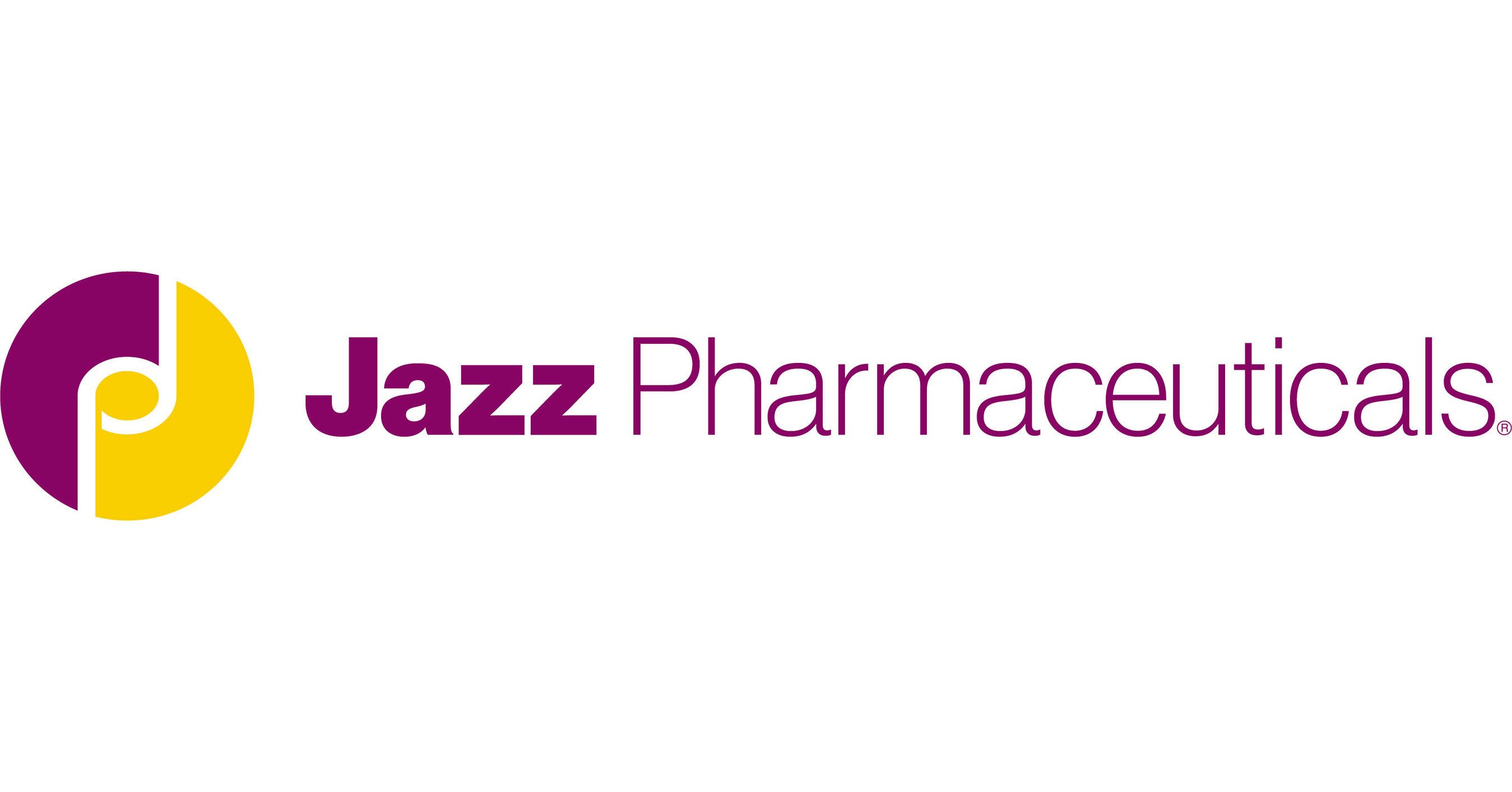
Earnings per Share (EPS) of $3.40, missing the estimated $5.50.
Third-quarter revenue of $1.05 billion, a 14% increase year-over-year, surpassing expectations.
Advancing product pipeline with a PDUFA date for Zanidatamab and plans for a supplemental New Drug Application for Zepzelca.
Jazz Pharmaceuticals, listed as NASDAQ:JAZZ, is a biopharmaceutical company known for its focus on developing and commercializing innovative medicines. The company specializes in therapies for sleep disorders, oncology, and other areas. Despite reporting an earnings per share (EPS) of $3.40, which fell short of the estimated $5.50, Jazz’s revenue reached approximately $1.05 billion, surpassing the expected $1.04 billion.
The company’s third-quarter revenue of $1.05 billion represents a 14% increase from the previous year, driven by strong sales of key therapies like Xywav, Epidiolex, and Rylaze. Jazz’s gross margin remains robust at 89%, indicating efficient cost management. CEO Bruce Cozadd is confident in achieving the company’s revenue guidance of $4.0 to $4.1 billion for the full year, as highlighted by Benzinga.
Jazz Pharmaceuticals is also advancing its product pipeline, with a PDUFA date set for November 29, 2024, for Zanidatamab, targeting second-line biliary tract cancer. The company plans to submit a supplemental New Drug Application for Zepzelca in the first-line treatment of extensive-stage small cell lung cancer in the first half of 2025. These developments reflect Jazz’s strategic focus on expanding its oncology portfolio.
Financially, Jazz holds $2.6 billion in cash and investments, with $500 million in undrawn credit facilities, positioning it well for future growth. Despite concerns about its debt levels, the company maintains a debt-to-equity ratio of approximately 1.48, indicating a balanced approach to leveraging. The current ratio of around 4.26 showcases Jazz’s ability to cover short-term liabilities with its short-term assets.
Jazz’s market valuation metrics include a price-to-earnings (P/E) ratio of approximately 14.79 and a price-to-sales ratio of about 1.73. The enterprise value to sales ratio is around 2.72, while the enterprise value to operating cash flow ratio is approximately 9.32. These figures provide insight into how the market values Jazz’s sales and cash flow relative to its overall valuation.

